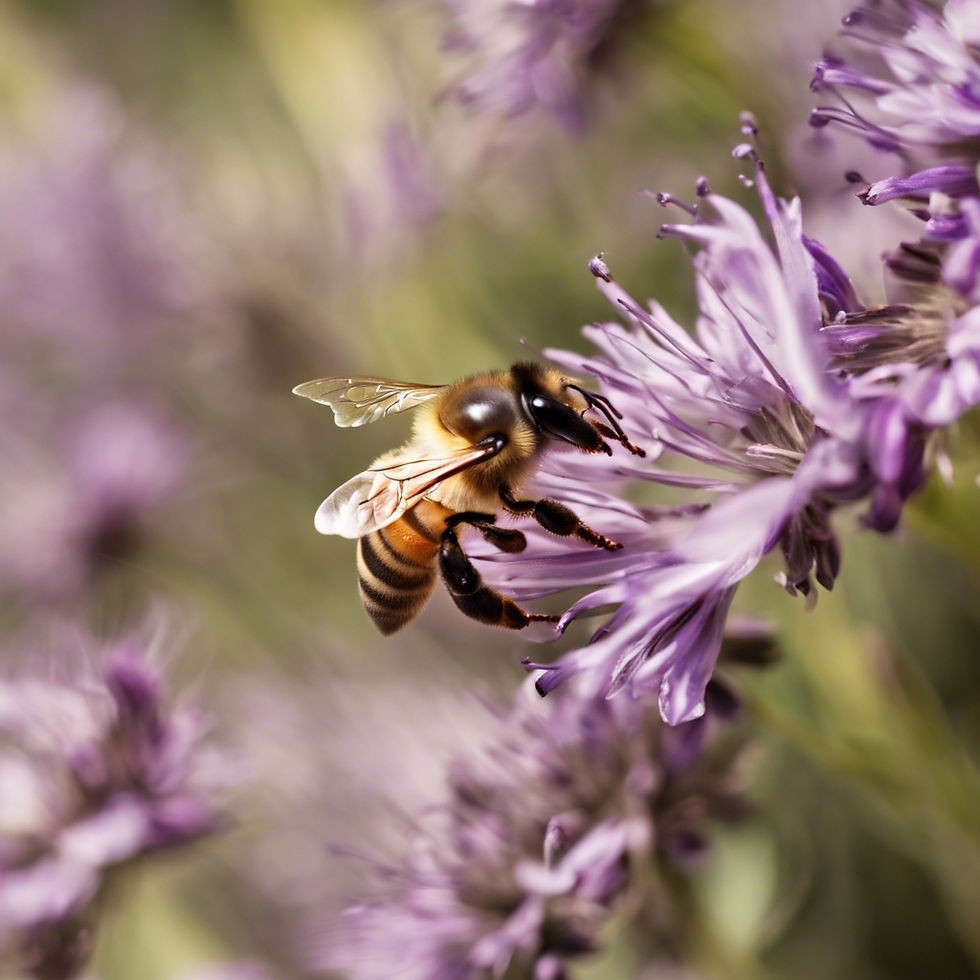What is DNA?
- hshub3
- Sep 13, 2024
- 2 min read
The Quick Answer:
DNA, or deoxyribonucleic acid, is the hereditary material in humans and almost all other organisms.
It contains the instructions needed for an organism to develop, survive, and reproduce.
DNA is structured as a double helix and is made up of four types of nucleotides, which code for genetic information.

Hello, genetic explorers and curious minds! Krispy here, ready to delve into the very blueprint of life: DNA. Ever wonder what makes you uniquely you, from your eye color to your height? The answer lies in a remarkable molecule called DNA. Let’s unpack the mysteries of DNA and its role in life on Earth.
The Blueprint of Life
DNA is like the instruction manual for building and operating a living organism. These instructions are encoded in the DNA as a sequence of four chemical bases: adenine (A), thymine (T), cytosine (C), and guanine (G). The order of these bases determines what genetic instructions are contained in a strand of DNA.
Structure of DNA
The DNA molecule is famously shaped like a twisted ladder, or double helix. The sides of the ladder are made up of sugar and phosphate molecules, while the rungs consist of pairs of the bases: A pairs with T, and C pairs with G. This pairing is critical for DNA replication and function.
From DNA to You
DNA’s instructions are used to make proteins, the workhorses of the cell that carry out specific functions, from building cellular structures to digesting nutrients. The process of turning DNA instructions into proteins involves two main steps: transcription (copying a gene’s DNA sequence to make an RNA molecule) and translation (reading the RNA molecule to make a protein).
Heredity and Variation
Every organism’s DNA contains genes passed down from its parents. This is why offspring resemble their parents but are not identical to them. Genetic variation is introduced through mutations (changes in the DNA sequence), which can lead to differences in traits among individuals in a population.
DNA and Modern Science
Understanding DNA has revolutionized biology and medicine, enabling breakthroughs like genetic testing for inherited diseases, genetic engineering, and forensic science techniques for solving crimes. The study of DNA continues to unveil new insights into how life works and our place in the natural world.
In Conclusion
DNA is at the heart of what it means to be alive, encoding the diversity of life from the smallest bacteria to the tallest trees, and, of course, humans. So, the next time you look in the mirror, remember the incredible molecule that makes you who you are.
Stay curious, my friends, and keep exploring the wonders of biology. Until our next scientific adventure, may the secrets of DNA inspire you to discover more about the world and yourself!
Check out Krispy Pigment Books!


